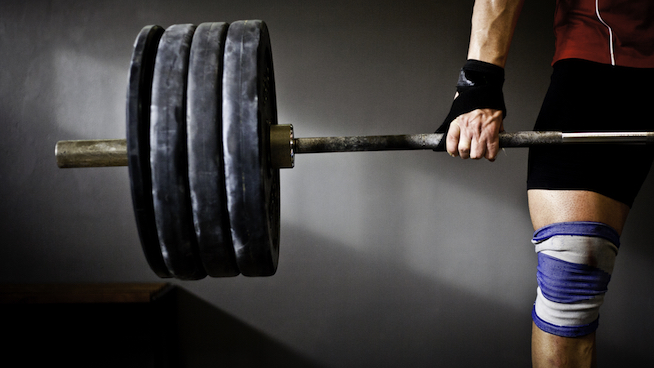
Belts, Straps, Wraps, and Wisdom in Weightlifting
Step into any gym or weight room and chances are you will be greeted with the sight of fitness enthusiasts decked out in belts, straps, and wraps, pushing through tough reps. Red faced and panting they will grunt and heave their way through set after gruelling set, veins (and lumbar disks) bulging as they chase the 'gainz'.
Here is a scenario I see all too often. Guy is bench pressing, in between sets he is talking to his training partner, "I have this pain in my shoulder, it's really bad" he then proceeds to add more plates to the bar, tightens up his belt another notch before grinding out another set of joint destroying reps. Or the guy doing deadlifts, in between sets he limps around the gym with a lopsided gait that screams "herniated disk!". Knee wraps check, weightlifting straps check, belt buckled up so tight he can hardly breath, check.
Someone once told me that fitness enthusiasts could be classified in one of two ways; the first group where interested in numbers. Miles ran, weight lifted, size of bicep, calories consumed. The second group where more interested in the health benefits of exercise. To them it wasn't about performance or PB's it was more about feeling good, moving well, longevity, enjoyment and quality of life.
A chain is only as strong as its weakest link. Humans have many potential weak links, joints typically being the biggest ones. We do also come with some clever mechanisms for preserving the health of our joints. The human nervous system under normal circumstances will not allow you to lift more than you can safely handle. Aids like belts, straps and wraps enable you to go beyond these limits.
When you go to lift a heavy object off the floor and you tighten your grip the muscular tension in your forearm radiates upwards, through your bicep and into the shoulder joint creating more stability and increasing force production. This is known as Sherringtons law of irradiation. When you lift with wrist straps it negates the need to grip and squeeze the bar as the strap is doing the work. The idea being forearm muscles are smaller and weaker than the stronger back muscles therefore to effectively train the back muscles we need to bypass the limiting factor of the forearm muscles. Seems reasonable enough right? Except that now you are exposing your shoulder joint to dangerous loads. In a last ditch effort to preserve the shoulder joint the body will offload as much of that load through the passive ligamentous structures of the shoulder joint as it can which eventually leads to instability and reoccurring shoulder injuries.

Above is a picture of my wife jumping a horse. Notice that she is doing this without a saddle or a bridle. Now imagine how much core strength, balance, coordination and power it requires to do something like that. She doesn't work out at the gym, what she does do on a daily basis is lift and carry hay and feed across uneven ground and pushes heavy wheelbarrows across muddy fields.
This then begs the question "what do you need to be strong for?" How much use is that strength and those big pumped up muscles if the only way you can express that strength is by putting on a weightlifting belt or wrapping your knees? And this is the problem, over reliance on machines and lifting aides creates false strength. Because you've not taken the time to develop your core strength or train whole body movements you move like a collection of separate body parts, the deficits amplified and all it takes is one tiny thing and BOOM! Hello injury.